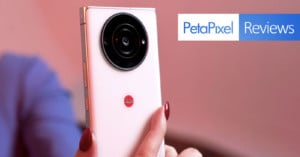
Leica Leitz Phone 2 Review: A Sign of Things to Come
If Leica ever launches its own branded phones in other markets, it would serve as notice to established players that smartphone photography is more than just a numbers game.

If Leica ever launches its own branded phones in other markets, it would serve as notice to established players that smartphone photography is more than just a numbers game.
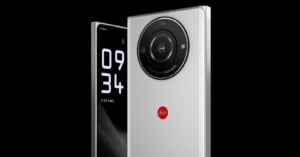
Leica has announced the Leitz Phone 2, a successor to the Leitz Phone 1 that it launched in 2021. The new model has more than twice the resolution, which the company claims is the largest sensor ever in a smartphone.
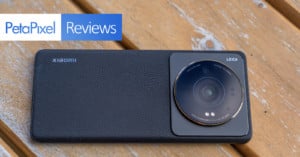
What happens when you fully utilize the biggest sensor ever found in a smartphone to date? Xiaomi has done it, and the results suggest mobile photography could take a big stride forward because of it.
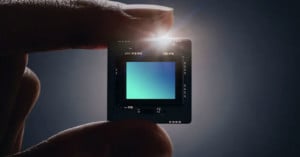
The naming convention of small sensors is confusing and misleading. In an effort to help make them more easily understood, we're changing our editorial guidelines and moving away from using "inch" to describe their size.
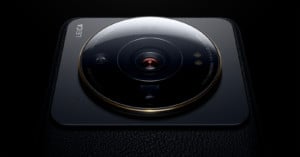
Xiaomi has announced its 12S Series which includes the Ultra that was co-engineered with Leica. That flagship features the world's largest smartphone sensor: a 50-megapixel 1-inch sensor behind a 23mm f/1.9 Leica lens.

Xiaomi has announced that it's upcoming 12S Ultra will use the full size of Sony's IMX989 1-inch sensor. The phone, which is also co-developed with Leica, will be announced on July 4.

Insta360 has announced the One RS 1-Inch 360 Edition that was co-engineered with Leica. The camera features dual one-inch sensors that can shoot up to 6K 360-degree video and 21-megapixel photos.
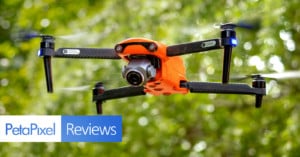
Autel Robotics’ new EVO Lite+ drone combines a 1-inch 20-megapixel sensor with a variable aperture to shoot detailed, rich images. The company might not be a household name like DJI, but the EVO Lite+ deserves your attention.
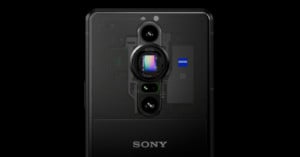
It is very common to hear the term "1-inch sensor" and based on the name, it would be natural to assume that at least part of it is 1-inch in size. Except that's not the case.
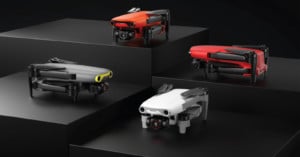
Autel Robotics has announced the EVO Nano and EVO Lite drones that are designed for beginner enthusiasts and compete directly against the DJI Mini 2 and Air 2S. In particular, the Nano is the first sub-250 gram drone to offer obstacle avoidance.
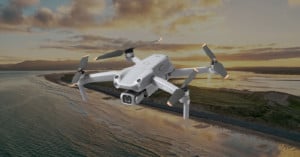
As someone who enjoys very high-quality images from my 42-megapixel full-frame Sony Alpha 7R III, I was wondering how good the pictures would be out of my new DJI Air 2S drone.
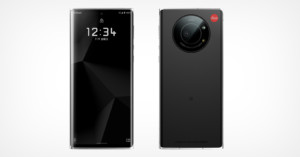
Leica is launching its own smartphone --the Leitz Phone 1 -- that will be exclusively available through Softbank in Japan when it becomes available in Japan. While it's a Leica phone, it shares the same guts as the Aquos R6, a smartphone that boasts a 1-inch sensor camera that Sharp announced in partnership with Leica in May.
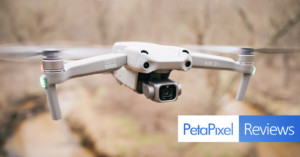
DJI is labeling the newly announced $999 Air 2S its “all in one” drone. When something is claimed to do it all, I always wonder where the sacrifices are being made.
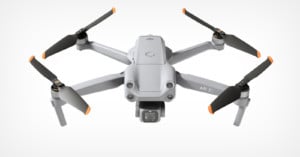
DJI has announced the Air 2S drone, a small and portable flying camera that the company says should offer an "all-in-one" solution of robust flight performance, a top-of-the-line camera, and a set of preprogrammed content creation tools.
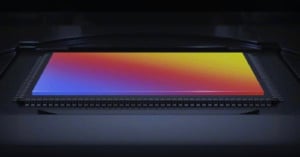
According to a report, Sony is set to release the first one-inch sensor specifically made for use in smartphones. The new sensor, called the Sony IMX700, would reportedly find itself in the upcoming Huawei Mate P50 series and the increased size would no doubt dramatically improve image quality.
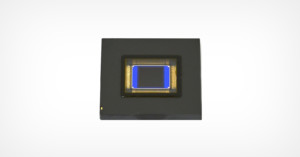
Nikon has announced the development of a 17.84 million pixel, 1-inch stacked CMOS sensor that can shoot "high-resolution images" at up to 1,000 frames per second in shoot 4K and promises a particularly impressive wide dynamic range.
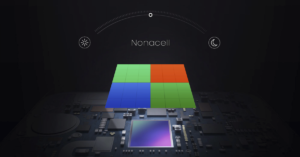
An intriguing, and surprisingly plausible, rumor is flying around the smartphone world this week claiming that Samsung will be releasing an "almost 1-inch" sized 150MP ISOCELL CMOS sensor, and that this sensor could show up in a smartphone as soon as Q4 of 2020.

Insta360 has just revealed the (painfully) teased Insta360 One R "adaptive" action camera. The modular creation was co-engineered with Leica, and features a "unique interchangeable lens design" that lets you swap between modules for standard 4K, 360° video, 5.3K with a 1-inch sensor, and more.
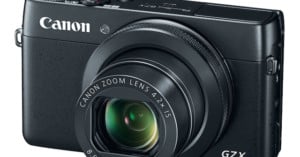
The 7D Mark II might have been the big fat headliner of Canon's Photokina announcements, but it certainly wasn't the only newsworthy camera the company debuted. Joining the Mark II is the GX 7: Canon's very first compact with a 1-inch sensor.
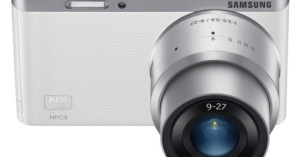
Samsung is reaching out to the smartphone generation today with the release of its thinnest and lightest interchangeable lens compact yet. Actually, to be more accurate, they're reaching out to the smartphone generation with the thinnest and lightest ILC EVER: the NX Mini.